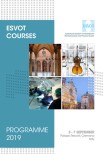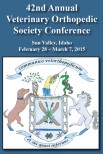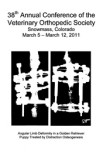OBJECTIVE: To evaluate the postoperative analgesic effects of epidural administration of morphine and neostigmine, either alone or in combination, in dogs. Animals-30 dogs undergoing orthopedic surgery on a pelvic limb.
PROCEDURES: Anesthetic protocols were standardized. At the end of surgery, 10 dogs each received 1 of 3 epidural treatments: morphine (0.1 mg/kg), neostigmine (5 μg/kg), or morphine plus neostigmine (0.1 mg/kg and 5 μg/kg, respectively). Postoperative pain scores and the need for rescue analgesia were evaluated for 24 hours.
RESULTS: Pain scores were higher in the neostigmine group, compared with scores for the morphine-neostigmine group, at 2 and 24 hours after surgery and higher in the morphine group than in the morphine-neostigmine group at 2 and 4 hours. During 24 hours, rescue analgesia was provided for 4, 7, and 2 of 10 dogs each in the morphine, neostigmine, and morphine-neostigmine groups, respectively. The number of dogs given rescue analgesia was significantly different among groups at 2, 3, 4, and 6 hours after surgery. Dogs in the morphine and morphine-neostigmine groups had a lower probability of receiving rescue analgesia within 24 hours than did dogs in the neostigmine group.
CONCLUSIONS AND CLINICAL RELEVANCE: When administered epidurally, morphine alone or in combination with neostigmine provided effective postoperative analgesia in most dogs after orthopedic surgery, whereas neostigmine alone did not. Findings for this study suggested a potential role for neostigmine as an adjuvant for epidural analgesia in dogs undergoing orthopedic surgeries on the pelvic limbs.









